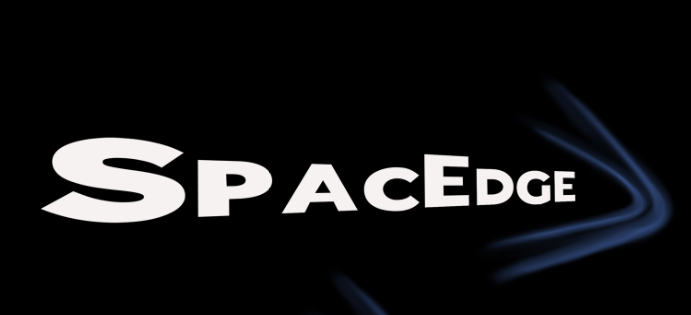Educator Onboarding
LEO Art Challenge Workshop
Satellite Tracking, Orbits, and Modeling
Workshop: Satellite Tracking, Orbits, and Modeling
Workshop: Trek-a-Sat
Workshop: Yerkes
Workshop: Electrostatics in Space - Carthage- Yerkes
Workshop: Life in Space! BTCI
Workshop: More Than a Rainbow - Yerkes
Workshop: Small Steps Teachimg Space Brings Giant Steps in Classrooms-SEEC
Workshop: 2017-01-28 Yerkes
Tools You Might Use
Educational Learning
Standards
Documentation
Settling Space Grades K-2
Title: Gloves and Gadgets
Author: Frances Dellutri
Grade Level: K-2
Educational Standards: NGSS: 2-PS1-1. Plan and conduct an investigation to describe and classify different kinds of materials by their observable properties.
Short Description: This activity can be done with any items you have at home or in the classroom. The goal is to allow the students to role-play how astronauts manipulate their hands and fingers in space, outside their spacecraft, to move around and to take care of their environment. It may not be as easy as it looks!
- Teacher: Natalie Orrantia
Author: Frances Dellutri
Grade Level: K-2
Subject Areas: Math, Science, Art
Educational Standards: Identify and describe shapes.
Grade Level: K-2
Subject Areas: Math, Science, Art
Educational Standards: Identify and describe shapes.
CCSS.MATH.CONTENT.K.G.A.1
Describe objects in the environment using names of shapes, and describe the relative positions of these objects using terms such as above, below, beside, in front of, behind, and next to.
Describe objects in the environment using names of shapes, and describe the relative positions of these objects using terms such as above, below, beside, in front of, behind, and next to.
CCSS.MATH.CONTENT.K.G.A.2
Correctly name shapes regardless of their orientations or overall size.
Correctly name shapes regardless of their orientations or overall size.
CCSS.MATH.CONTENT.K.G.A.3
Identify shapes as two-dimensional (lying in a plane, "flat") or three-dimensional ("solid").
Identify shapes as two-dimensional (lying in a plane, "flat") or three-dimensional ("solid").
NGSS: 2-PS1-1. Plan and conduct an investigation to describe and classify different kinds of materials by their observable properties.
National Core Arts Standards for Visual Arts - Kindergarten
Anchor Standard #1: Generate and conceptualize artistic ideas and work. Investigate, Plan, Make Engage in exploration and imaginative play with materials.
Short Description: Students will have an opportunity to investigate an important property of water (surface tension) in an intriguing activity, then move the water's behavior seen on Earth to its behavior aboard the International Space Station - very cool!
- Teacher: Natalie Orrantia
- Teacher: KC Parker
Students take their knowledge on how animals keep warm, practice describing their physical observations and run and experiment to determine the best ways to stay warm.
- Manager: Alicia Chun
- Teacher: Sydney Simon
